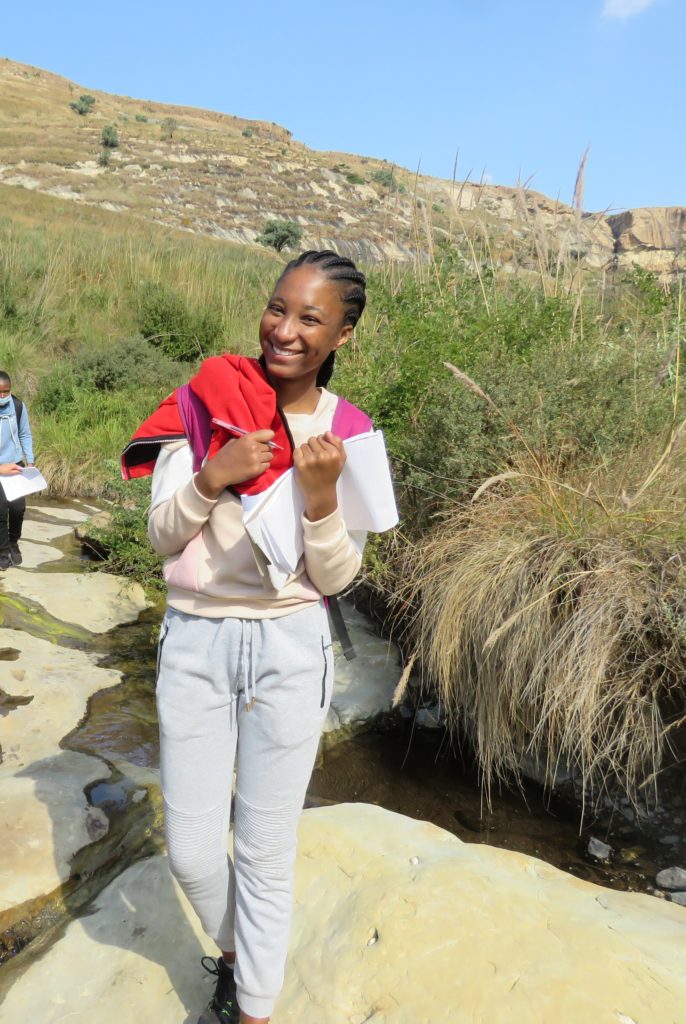Busisiwe Hlophe
Postgraduate Student (MSc)
Evolutionary Studies Institute
University of the Witwatersrand

Biography
A young enthusiastic palaeoecologist, always motivated and eager to learn about the ecology of past environments. I am currently pursuing an MSc Palaeontology degree, and my area of research is the palaeoclimatic reconstruction of Wonderwerk during 6900 and 5900 years ago using charcoal. I enjoy travelling and I can speak 9 of the 11 official South African languages. I enjoy reading scientific journals and keeping myself updated on the current knowledge.
Disciplines
Palaeoecology, Anthracology, Archaeobotany, Archaeology, Palaeontology
Fields of study
Caves are often sources for palaeonvironmental information in the arid interior regions of southern Africa. The Wonderwerk Cave, located in the Northern Cape, is a national heritage site that has remarkably preserved a complete record of the local Holocene LSA techno-complexes, along with different past environment indicators. Hence, it has the potential to provide valuable insights into past hominins behavior as well as the local palaeoclimate and vegetation. My study examined wood charcoal from stratum 4b, Excavation 1 of the Wonderwerk Cave. The aim was to evaluate the taxonomic composition and the internal anatomy of the charcoal to understand the environment around the cave 6.9-5.9 ka. The study also investigated the modern uses of the vegetation, to infer how humans may have utilized the woody plants around them during that period. The results indicate the landscape was mainly covered by woody plants adapted to dry conditions and summer rainfall. However, the archaeological taxa included two species that thrive in moist environments, Halleria lucida and Olinia ventosa, suggesting fluctuations in climate. The occurrence of a high proportion of bushveld taxa indicates that a bushveld similar to the modern savanna in the vicinity of the cave existed about 6.9 ka. The low conductivity capacity as well as vulnerability and mesomorphy indices also suggest that the vegetation was adapted to low water availability or aridity. The plants identified are used for various purposes such as kindling fires, fuel, construction, as well as magical and medicinal uses. These uses could have also been relevant to people living in the cave between 6.9 and 5.9 ka.
Awards and recognition
- Dean’s List for the 2nd and 3rd years of study
- Completed Honours degree with a distinction
